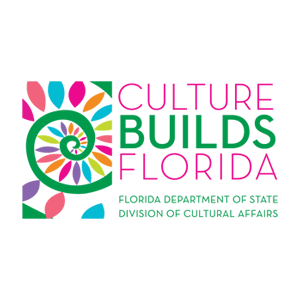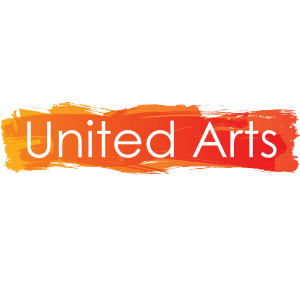The Holocaust Center Proudly Presents the Phase One Opening of Our Exhibit Faces of Change
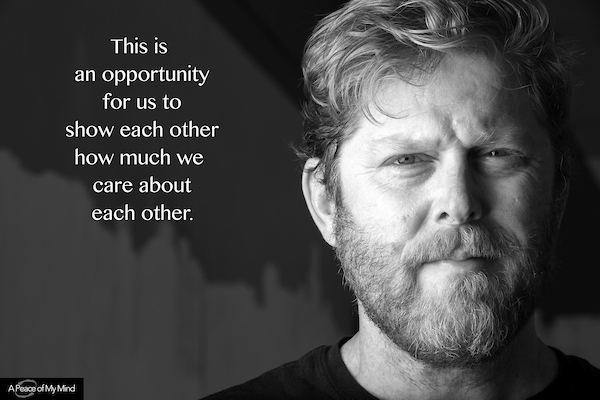
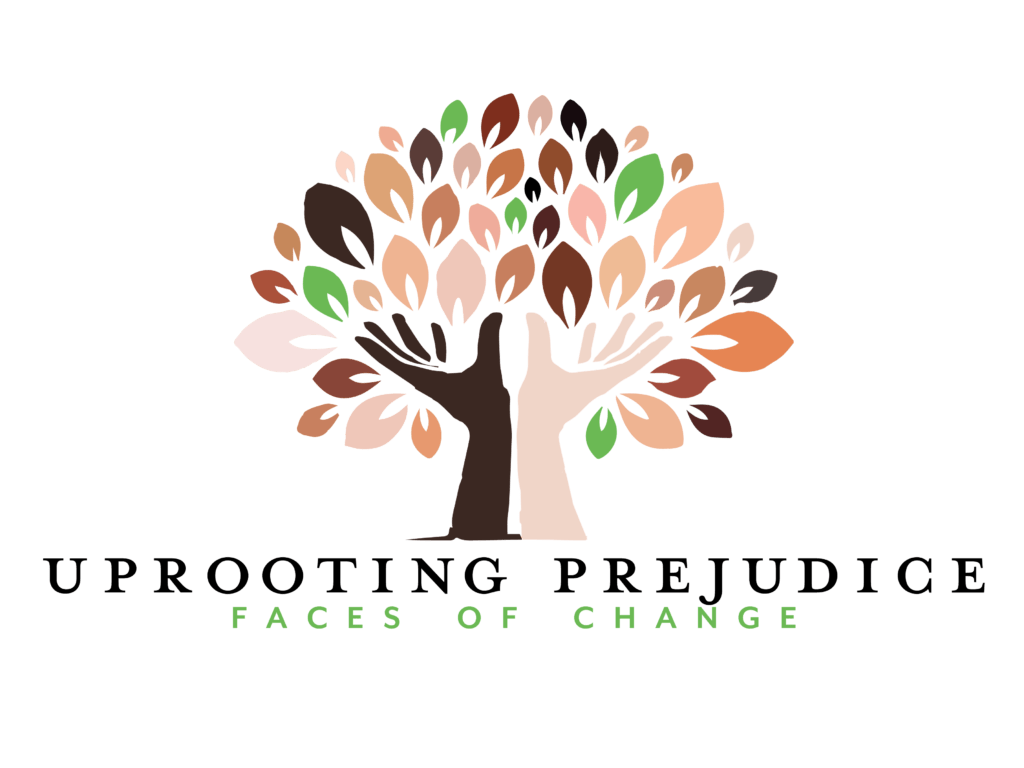
When someone faces an act of antisemitism, racism, or any form of identity-based hate, whether it results in death or not, there is an uprising of many emotions. We felt it was important to bring the human experience of the aftermath, the faces of change, to our museum.
In the days immediately following one brutal event, photographer John Noltner brought a simple studio to the intersection of 38th and Chicago, set up on the sidewalk and asked the people gathered a question: “What do you want to say?”
The result is a series of beautiful portraits and meaningful expressions showing a balance of reverence, pain and frustration. This series is an act of listening. Sometimes you just have to show up. Bear witness. And begin to see that whether the problems are over here or over there, us or them, you or me, they are our problems. And we need to fix them together. Stop in and contemplate with us.
After viewing the Faces of Change exhibit, we asked our visitors what they had to say.
A letter from the photographer:
I live 11.6 miles south of the intersection of Chicago and 38th in Minneapolis, where George Floyd was killed by police on Monday, May 25, 2020.
On that Wednesday, I went to the site. I wasn’t ready to be amongst people. I was content to stay isolated in the midst of COVID, but I couldn’t not go. I had to see the place. Bear witness. Try to understand. On Thursday, I returned with a basic studio kit, set up on the sidewalk and asked a simple question: “What do you want to say?”
The memorial at the intersection had grown since the day before. The street was now covered in messages of grief, determination and hope. A mural of George was being painted on a wall. Cars blocked the streets. Families brought their children to pay respects and to mourn, privately and together.
The crowd was a mix of activists, onlookers, clergy, artists.
Some people didn’t want to talk. Others did. Some of the most painful stories were too raw for people to want to share them publicly.
Celebration, anger and tension mingled on the streets. It felt like the evening protests would be large. It felt like the city would burn, and it did.
I was reminded of a saying I once heard. I wish I knew where it came from. Don’t be outraged at the riot until you are first outraged at the conditions that give rise to it.
The people I encountered were crying out to be heard.
I wanted to listen.
The world is complex. Historical wounds are deep. In all the heated rhetoric of the day, we forget to listen. I hope that through these stories and these faces, you can understand the events of our day in a new way. I hope you can challenge some of your own preconceptions and I hope you can see the humanity of each and every person.
When I photograph a person—no matter who they are—I strive to leave a simple message: I see you. I hear you. And you matter.
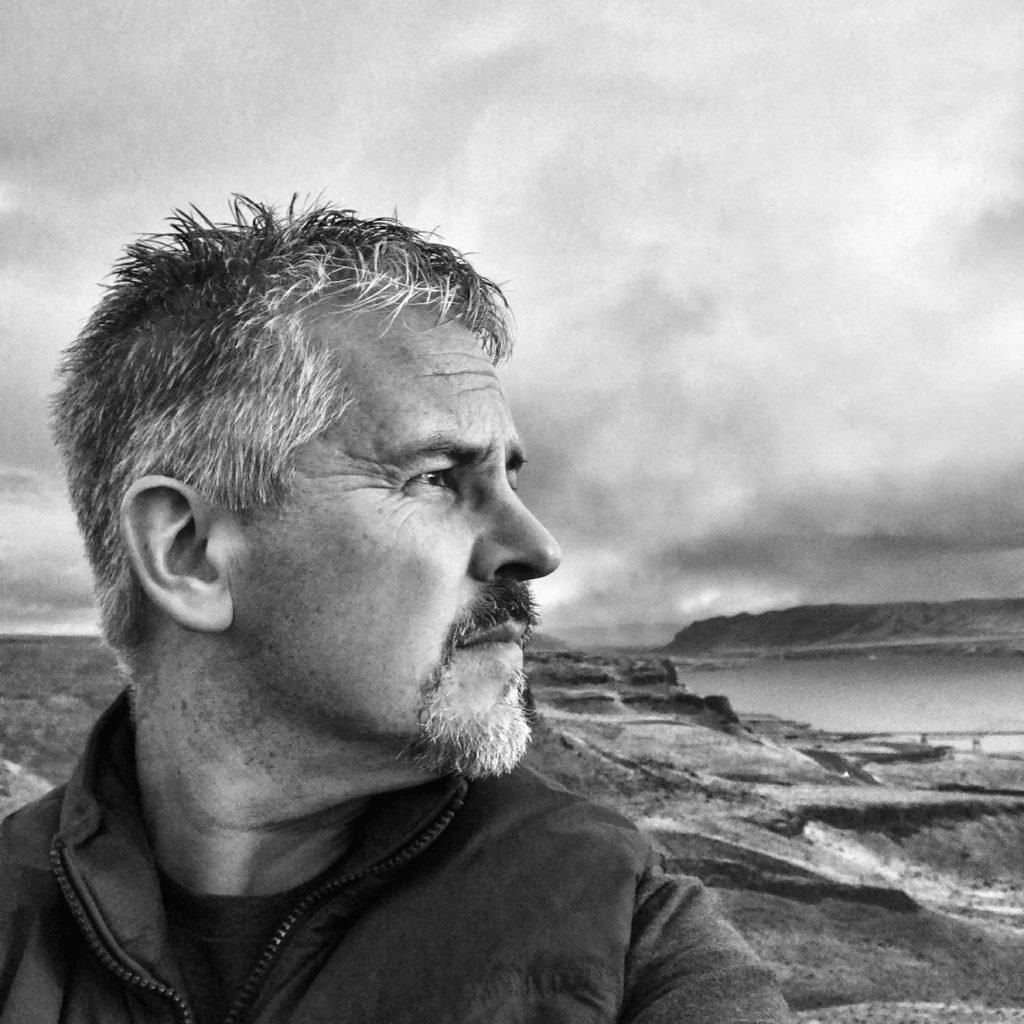
Bio
A gifted storyteller, John Noltner has worked on four continents, gathering stories of human courage, grace, and resilience. He has produced projects for national magazines, Fortune 500 companies, and non-profit organizations.
In 2009, he founded A Peace of My Mind, a multimedia arts project that uses portraits and personal stories to encourage dialogue around important issues. Through exhibits, workshops, lectures and on-site studios, A Peace of My Mind leads transformative experiences that help a polarized world rediscover the common humanity that connects us.
A Peace of My Mind reflects his belief that art and storytelling can help individuals and organizations bridge divides and build community. You can learn more at https://apomm.net/.
Special thanks to our sponsors for making this exhibit possible:


Frances and Joseph Victor Fund at Central Florida Foundation


